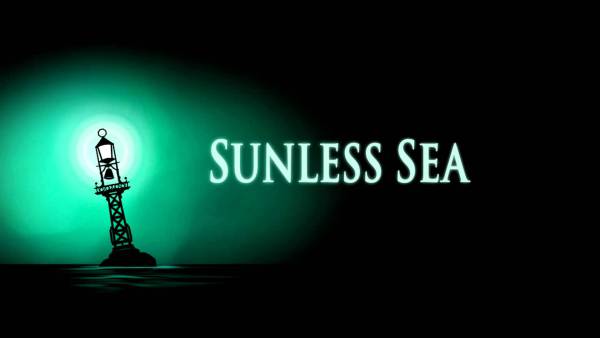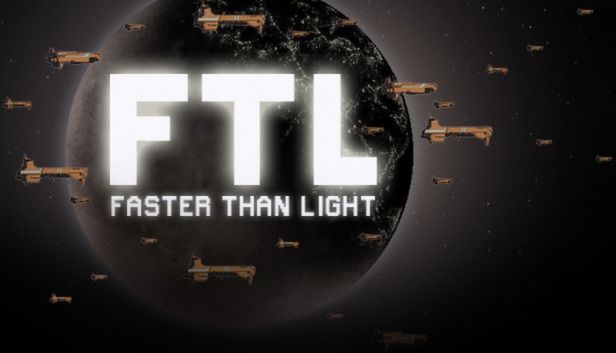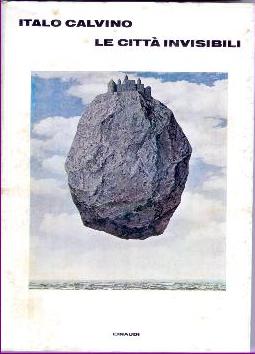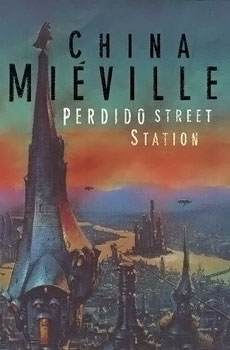
Hello again, explorers.
This started as the second entry in my Devlog, but I launched into such an extreme tangent that it’s had to become its own thing. So I thought I’d publish it a bit early, and on Friday you will still get the proper devloggy goodness you expect!
In the first entry I mentioned Tom Francis, without whom I couldn’t be coding right now. But while he is responsible for my ability to make the game, he’s not particularly influenced the game itself (though I love Tom’s games and urge everyone to check out Gunpoint right now RIGHT NOW it’s great).
I started this second entry thinking that I should acknowledge the things that most influenced the game, as opposed to my ability to make it. I thought this would take up a paragraph. Maybe two. Turns out I had a lot more to say on the matter than I’d assumed.
Actually I’m glad, because I think this entry will be a very useful thing to which I can refer people in the future. How often do you see games as “X meets Y”? It’s a little reductive every time, but it helps get the point across very quickly, and in today’s competitive indie market that can be hugely important. Acknowledging my influences will help clarify exactly what kind of game I’m making here, and I’ve found that A House of Many Rooms can be a little difficult to explain.

HOMR’s greatest influence is Sunless Sea in particular, and Failbetter Games in general. I am an unabashed fanboy of Failbetter. As a writer first, coder second, and artist third, I’m of the unpopular opinion that good writing is one of the most important things in a game – and Failbetter writes at such a high level of quality that it can’t really be compared to anything else in modern gaming.
Sunless Sea could, like HOMR, be described loosely as a 2D RPG explore-’em-up (though it’s a roguelike, and HOMR is not). Without Sunless Sea, HOMR wouldn’t exist, simple as that. Though Sunless Sea didn’t invent the idea of a game focused on player exploration, it may have perfected it. Go buy this goddamn game if you haven’t already, guys. (And then if you like it, consider buying mine in 2016, ahem hem, I have no shame.)

The second game I’d point to is FTL – another roguelike. I’m coming up to the big combat push in HOMR, hopefully by the end of this week, which should be very exciting and take about a month. For HOMR’s combat, I will be learning a few lessons from FTL (with my own spin, of course). Strategic crew management, in particular, strikes me a system which is not only great in its own right, but which has excellent potential for a story-driven game with narrative focus on each character.

For the game’s fiction, perhaps its most important aspect, there are other things I’d highlight as influences. The most significant is probably Italo Calvino’s Invisible Cities – I think a lot about cities, which are characters in their own right, and the various cities in the House have been bubbling in my head for years. You begin the game in the City of Keys, your lifelong home, and thematically it parallels Marco Polo’s Venice.

Another vital influence is China Mieville. The lifeblood of the House and its dystopian, nightmarish weirdness runs very much in that same genre-vein that China Mieville taps in the Bas-Lag cycle and his other fiction.
Anyway. Those are the things you should think about when you think about HOMR. Perhaps it helps you get a picture of where I’m coming from? But of course, name-dropping a bunch of amazing creative achievements doesn’t make my work any better by association.
So I guess I should get back to work. Check back here on Friday for the second official Devlog!
And as always, for more up-to-date dev progress, check out my Twitter at @pixeltrickery.
Pingback: Devlog Friday, Part 6 – Three exciting things | a HOUSE of MANY ROOMS
Pingback: Parasite dimension being kickstarted | Vox Ludicus